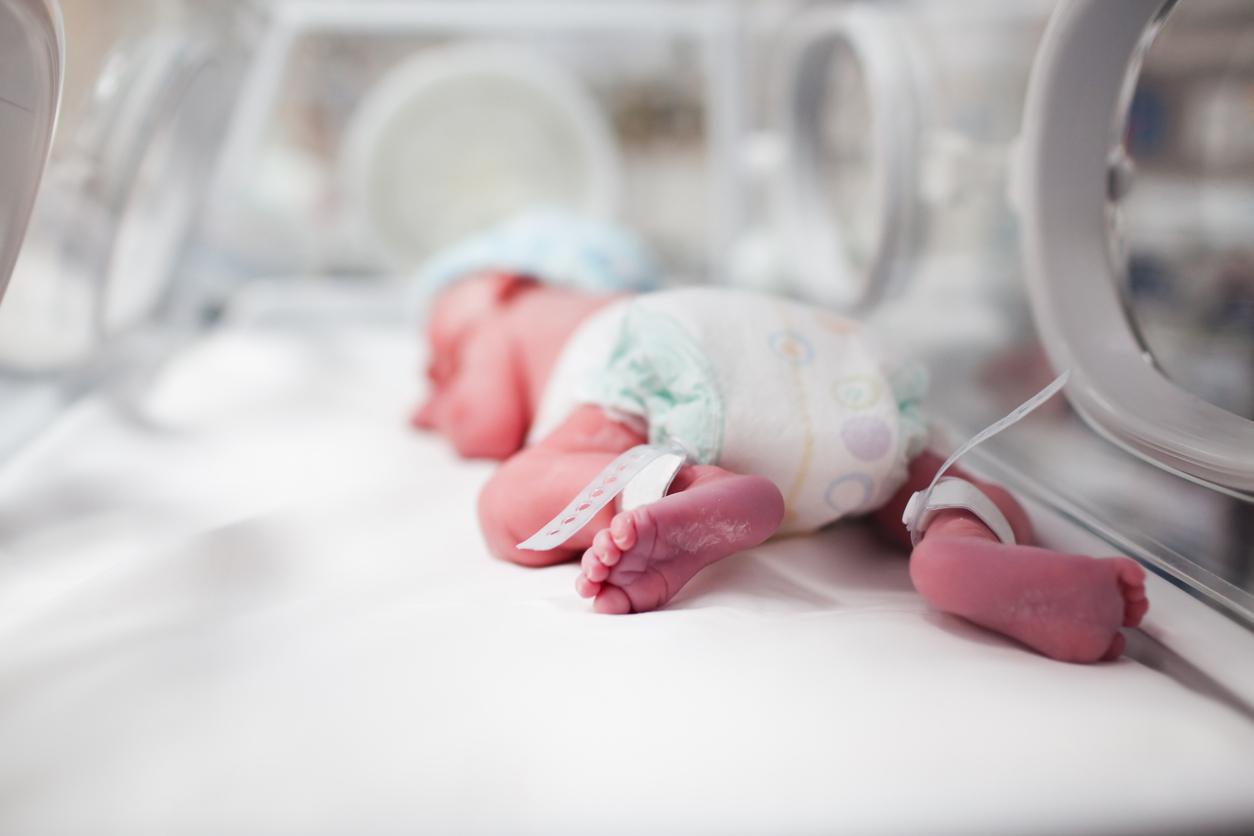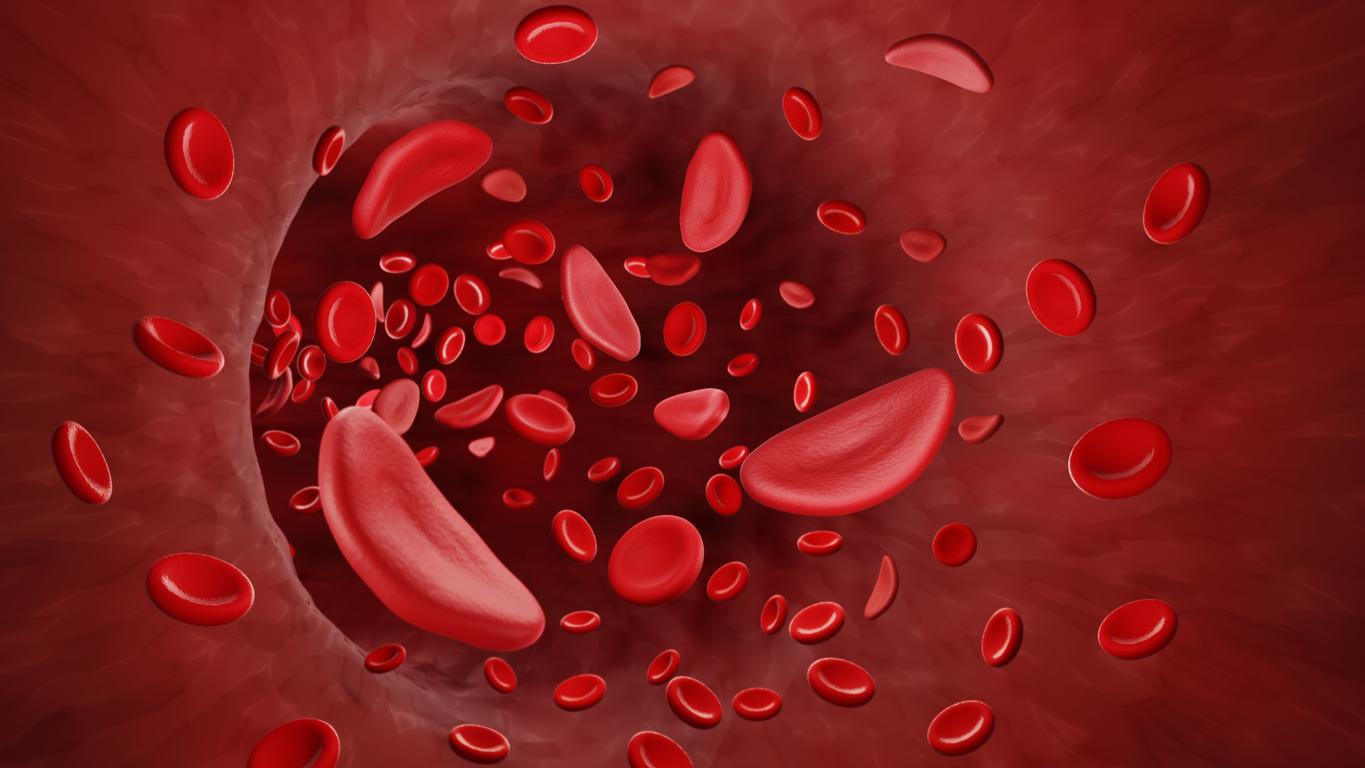A higher rate of hydrogen sulphide in the hair could explain certain forms of schizophrenia.
-1572444786.jpg)
Schizophrenia is one of the most complicated mental illnesses to diagnose. According to Inserm figures, 600,000 people suffer from schizophrenia in France. In a study published on October 28 in review EMBO Molecular Medicine, Japanese scientists from the RIKEN Center for Brain Science, found that startle response time and human hair could be markers of schizophrenia. According to the research team, a subtype of schizophrenia is linked to abnormally high levels of hydrogen sulfide in the brain. For about thirty years, we have known that schizophrenia is linked to an abnormal startle reaction.
In healthy people, the response time to a startle effect is somewhat reduced by a small sound burst which prevents it from being more important. This smaller burst is called prepulse and this phenomenon is called prepulse inhibition. Pre-impulses are weaker in schizophrenics, which means there is nothing to dampen their startle response.
Hair screening
RIKEN researchers studied the differences in protein expression between strains of mice with extremely low or extremely high prepulses. They found significantly higher expression of the enzyme “Mpst” in the brains of mice with low prepulses than in mice with high prepulses. As this is the enzyme that helps produce hydrogen sulfide, the team measured this concentration and found that it was higher than in low prepulse mice, which is an important milestone.
Takeo Yoshikawa, the project’s team leader, said the link between hydrogen sulfide and schizophrenia is a new line of thinking. “Once we found that out, we had to figure out how it happened and whether these results in mice might apply to people with schizophrenia.”
To reduce the number of Mpst as a key factor, the researchers created a knockout Mpst version of the low prepulse mice and showed that their prepulse was higher than that of the low prepulse mice. They found that the expression of the Mpst gene was higher in the post-mortem brains of schizophrenics than in those of others. Mpst protein levels also correlated with disease severity. This is where the hair comes in.
An examination of the hair follicles of more than 150 schizophrenics showed that their expression of Mpst mRNA was much higher than that of non-schizophrenics. While promising, these results do not show that sulfide stress explains all cases of schizophrenia, but it does suggest that Mpst levels in hair may be a good biomarker of schizophrenia before other symptoms appear.
However, schizophrenia is caused by genetic and environmental factors. The tests showed that high levels of Mpst were linked to changes in DNA that caused a permanent alteration in gene expression. Subsequently, scientists investigated the environmental factors that led to a permanent increase in Mpst production.
Schizophrenia linked to inflammation?
Since hydrogen sulfide protects against inflammatory stress, scientists have hypothesized that inflammatory stress during early stages of development may be the root cause of schizophrenia. According to Takeo Yoshikawa, antioxidant markers, including hydrogen sulfide production, which compensate for oxidative stress and neuroinflammation during brain development, may be linked to Mpst levels in the brains of people with schizophrenia.
Currently, treatment for schizophrenia focuses on dopamine and the serotonergic system in the brain. However, current drugs are not very effective and have side effects, which is why pharmaceutical companies have stopped developing new products. Takeo Yoshikawa stresses the need for a new paradigm for the development of new drugs. New research can contribute to this. “Currently, about 30% of patients with schizophrenia are resistant to dopamine D2 receptor antagonist treatment. Our results provide a new principle or paradigm for drug design and we are currently testing whether inhibiting hydrogen sulfide synthesis can alleviate symptoms in mice with schizophrenia.”
.

















